There are a lot of creatures in the world. From vertebrates to invertebrates; from mammals to birds — hundreds of thousands of species exist. Many are adorable to look at… but even the cutest can kill you. Do you know which?
Keep reading to discover the 33 cutest venomous animals that walk the earth, including the slow loris, the black mamba, and more.
What’s the Difference Between Venomous and Poisonous?
Believe it or not, there’s a clear difference between an animal that is venomous and an animal that is poisonous.
Venomous refers to an animal that injects its toxin into you. Poisonous animals release a toxin that others receive through inhaling, swallowing, or touching (i.e. absorption through skin contact).
An easy way to remember the difference between venomous and poisonous is injection versus ingestion.
Venom = injection.
Poison = ingestion.
Are Mammals Venomous?
Though uncommon, a few species of venomous mammals do exist. They include several shrew species, the male platypus, and vampire bats among a few others.
Experts differ widely on what constitutes a venomous mammal. Some believe the mammal needs to have a venom gland while others demand they must have the apparatus, or method of toxin injection, as well. Further research and expert review hold that a type of venom must exist in the animal in question and they must inflict a wound through which they deliver the toxin.
For this list, we’re relying on animal experts and research and including the most widely believed to be venomous mammals.
Are Birds Venomous?
Would it surprise you to know that no bird species is venomous?
That’s not to say dangerous birds don’t exist (looking at you, cassowaries!). However, the deadliest birds on earth use other methods, including their clawed toes, to inflict pain.
Are Reptiles Venomous?
Class Reptilia has some of the most venomous creatures in the animal kingdom. It includes snakes, lizards, and more that rely on venom for hunting and self-protection. The turtle, however, is neither poisonous nor venomous.
Are Amphibians Venomous?
Yes! While only two exist, there are some venomous amphibians. Most amphibians are poisonous rather than venomous — meaning they secrete a toxin that affects others rather than inject that toxin into them.
Are Fish Venomous?
Yes, over one thousand species of venomous fish exist. Did you know that up to half of those 1000 venomous species are subspecies of catfish? Fish come in hundreds of different variations, and their venom ranges from undetectable to humans to lethal.
Are Invertebrates Venomous?
Yes, some invertebrates are venomous. Despite being a marine animal and having “fish” in its name, some species of jellyfish remain venomous invertebrates. Spiders, scorpions, and insects also make up the invertebrate group.
The 33 Cutest Venomous Animals
From cute-scary to downright adorable, discover the 33 cutest venomous animals in the world.
Black Mamba
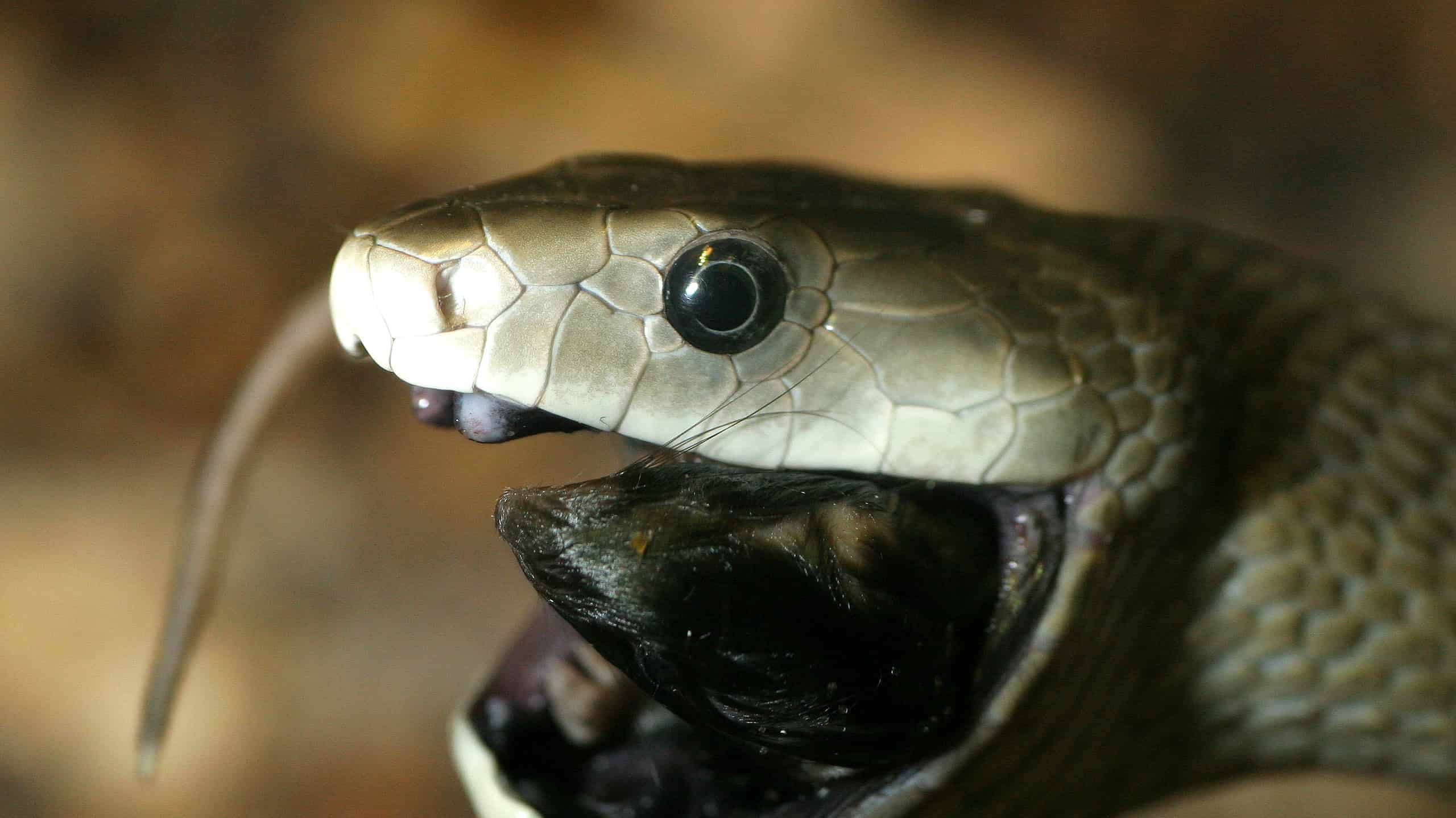
Black mambas have deadly venom.
©Tad Arensmeier, CC BY-SA 3.0 - License
The black mamba remains one of the most venomous snakes in the world and is native to some parts of Africa. The World Health Organization classifies it as a snake of medical importance. It’s among the most feared snakes in Africa for its nasty bite that demands treatment with antivenom.
Bruno’s Casque-Headed Frog

This is one of two known venomous frogs.
©LeoMercon/iStock via Getty Images
While it’s one of the two only venomous (remember, not poisonous) frogs in the world, Bruno’s casque-headed frog has a venom over 25 times more potent than some pit vipers. According to the Natural History Museum, this frog’s venom gets injected when something (or someone) touches their skull spines which are coated and filled with venom.
Platypus

Only male platypus are venomous.
©iStock.com/IainStych
As one of the other still-living venomous mammals, the platypus has a venomous spur on its hind legs to inject its prey. Only males produce venom, so experts theorize that the venom spur is more for dominance in mating and territory than hunting.
Slow Loris

The slow loris has flesh-eating venom.
©Conservationist/Shutterstock.com
The adorable, doe-eyed slow loris looks huggable — but one bite from them and your flesh may start to rot. Slow lorises have modified sweat glands in their upper arms that produce toxins the loris will lick off and store in their teeth. Once bitten, animals and humans may become paralyzed.
Dr. Alex Crow has seen a slow loris in person. “During my years on the job, I saw a cool example in Southeast Asia. The slow loris is an odd little monkey with soulful eyes and a gentle way about it. But even so, it’s the only venomous mammal – it makes poison in its elbows to defend itself against danger. A nip from one could really hurt you and, for some people, even cause life-threatening shock!”
Mouse Spiders
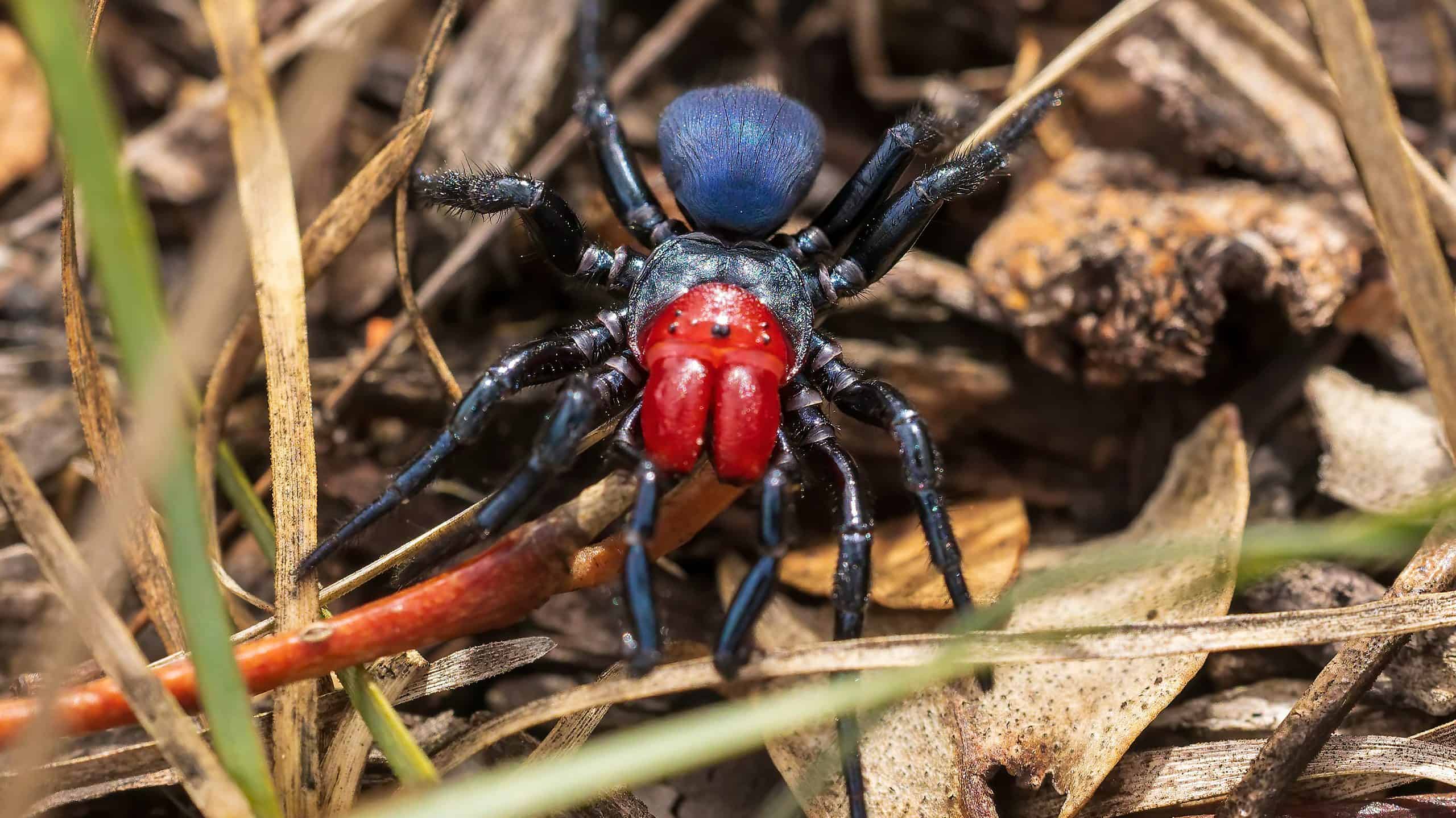
This red-headed arachnid inflicts a painful sting.
©Wright Out There/Shutterstock.com
The red-headed mouse spider’s iconic cherry dome makes it an adorable addition to the list — but its venom rivals the most deadly spiders. Despite the strength of its venom, experts believe most mouse spiders tend to “dry bite” or use less venom.
Tarantulas
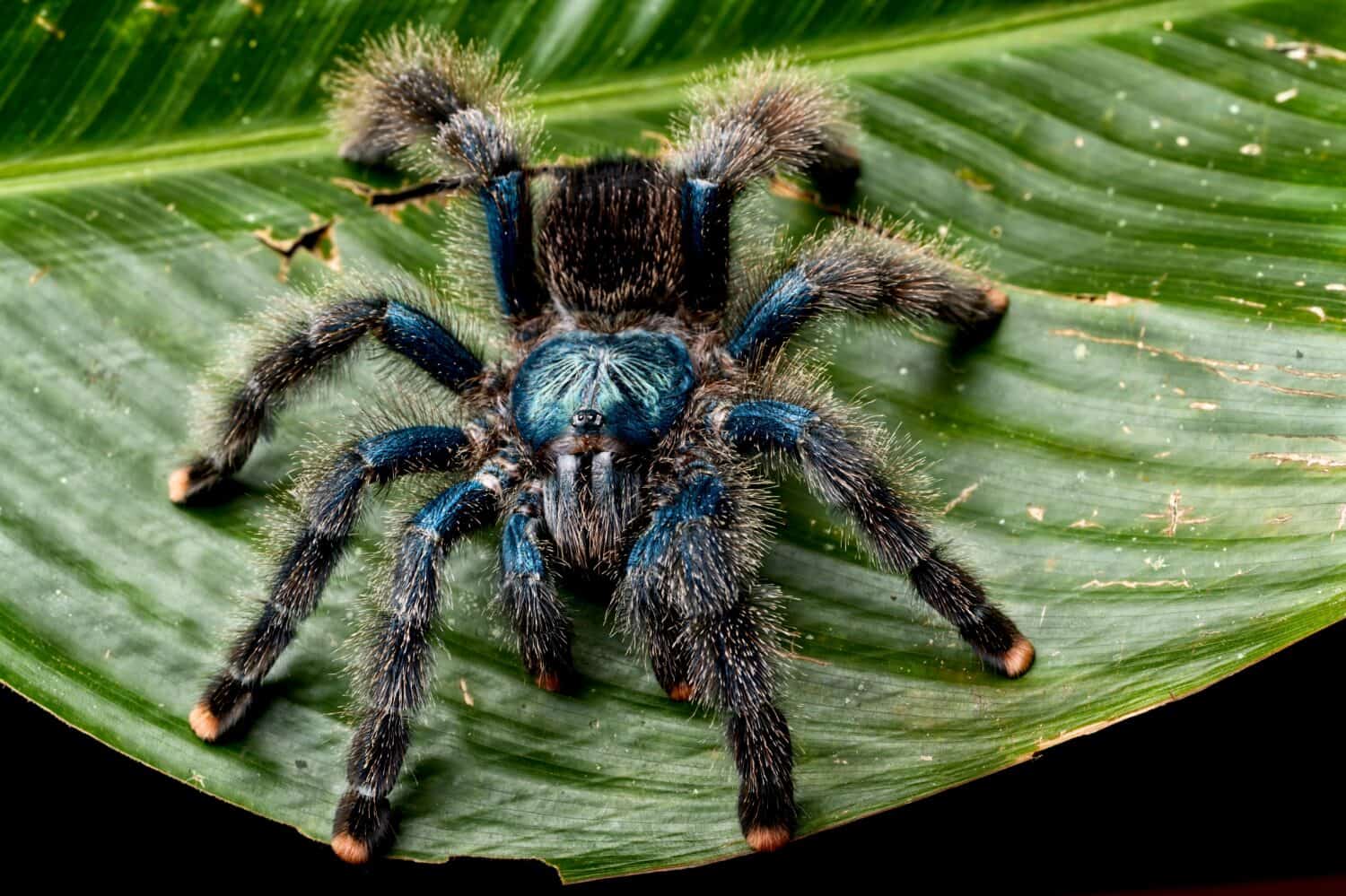
All tarantulas have venom.
©reptiles4all/Shutterstock.com
With more and more pet owners choosing tarantulas as their pets, it’s no wonder the cute legs and furry face of the spider make it onto the list. Bonus: the venom of United States tarantulas only causes allergic reactions in humans. Furthermore, most injuries from tarantulas come from their urticating hairs — which is still envenomation but may be less painful of a process.
Deathstalker Scorpion

Did you know scorpions can live completely submerged underwater for 48 hours?
©Protasov AN/Shutterstock.com
While one sting from a deathstalker scorpion won’t invite the reaper to your front door, it will give you muscle convulsions and amplify your nervous system tenfold. You’ll also feel immense pain at the sting site.
But look at how cute its coloring is!
Lepidopteran caterpillars
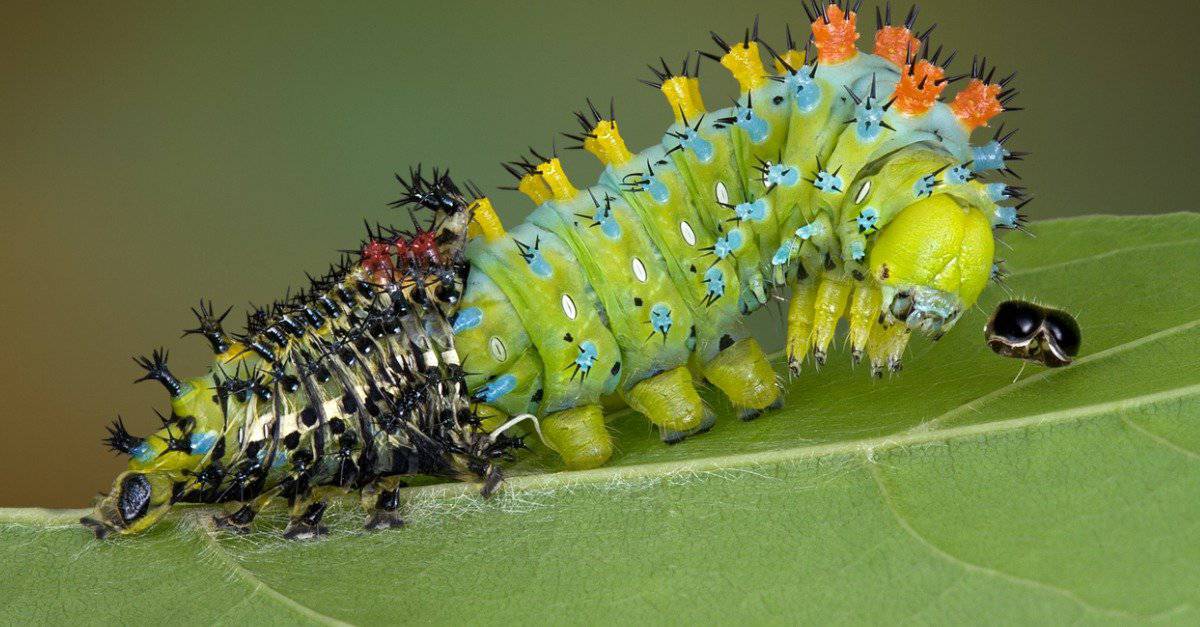
The
Lepidopteracaterpillars come in many colors.
©iStock.com/CathyKeifer
Over 180,000 insect species of Lepidoptera exist — and caterpillars make up a majority of that. Lepidopteran caterpillars use envenomation to inject venom into victims that can cause allergic reactions or life-threatening side effects. Mostly, these little buggers use their venom in self-defense.
Cone Snails
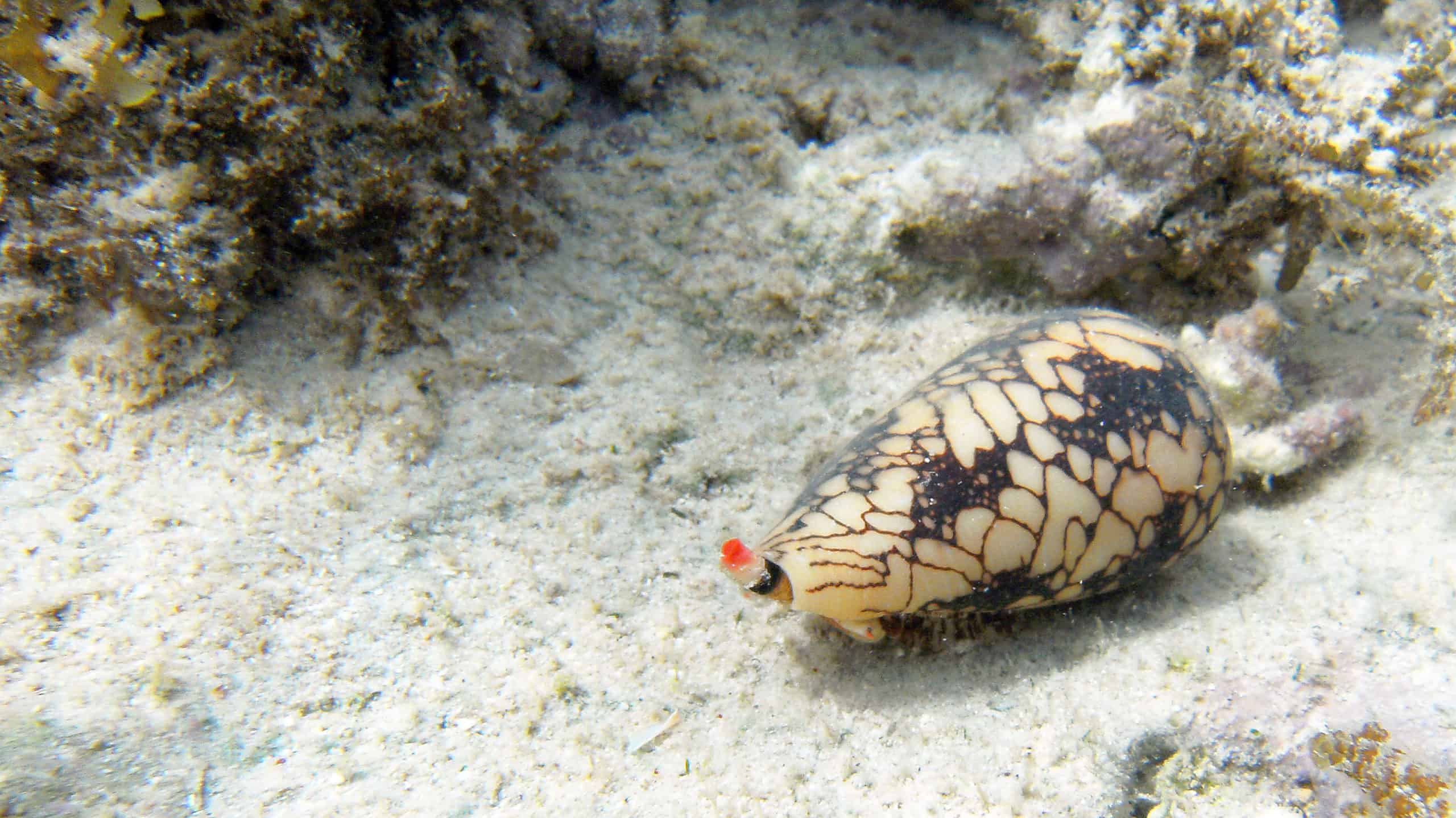
Cone snails use a harpoon as a venom tool.
©O'KHAEN/Shutterstock.com
Nearly all cone snails are venomous and use a harpoon tool on their body (the radula tooth) for hunting. Depending on the species of cone snail, the risk varies between the pain of a bee sting and fatal injury. The radula tooth of some cone snails can break through gloves or wetsuits.
Blue-Ringed Octopus

Blue-ringed octopi are deadly to humans.
©YUSRAN ABDUL RAHMAN/Shutterstock.com
Look how small this little octopus is! As adorable as they look, their venom is absolutely deadly. Some medical reports and reviews state that the blue-ringed octopus’s venom (tetrodotoxin, or TTX) is 1,000 times more toxic than cyanide.
Fried Egg Jellyfish
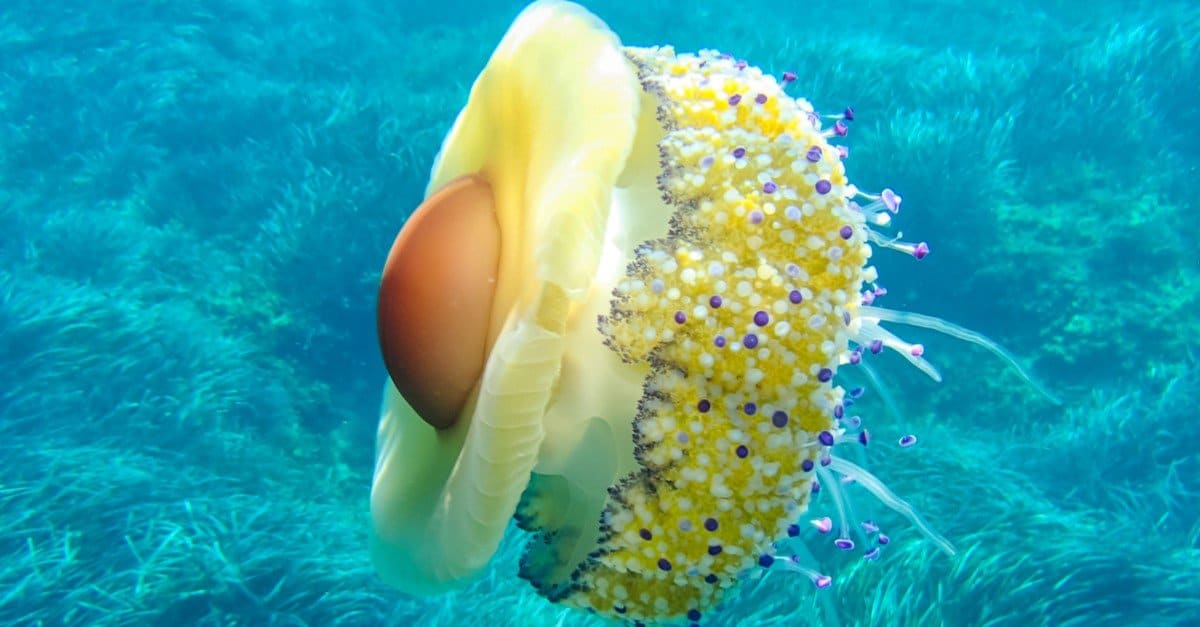
Thankfully, the venom on the fried egg jelly isn’t all that harmful to humans.
©RaDoll/Shutterstock.com
Don’t you feel hungry just looking at this sweet little jelly? The fried egg jellyfish feeds on zooplankton and other jellyfish and does not hunt humans or other large mammals actively, so its sting is mild.
Portuguese Man o’ War

The sting of a Portuguese Man o’ War can be deadly, but it’s rare.
©iStock.com/aldorado10
The beautiful, slow-moving tendrils of a Portuguese Man o’ War have a hypnotic appearance, but the sting from its venom does not. While rarely fatal, this jellyfish’s venomous sting will cause excruciating pain and massive welts on the skin.
White Spotted Jellyfish
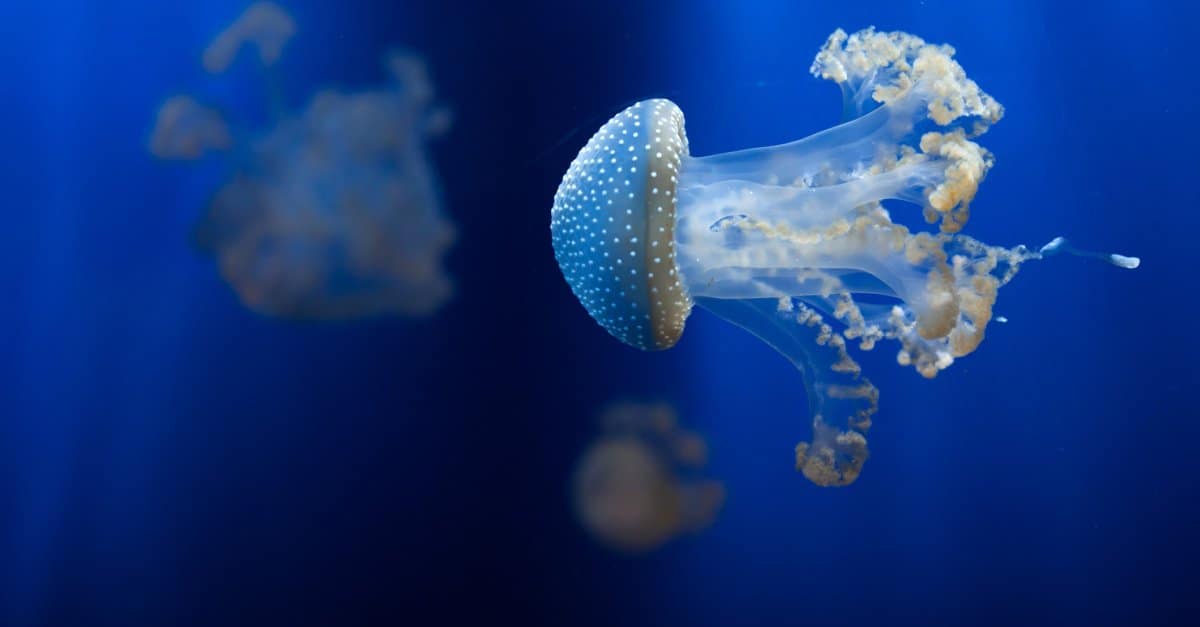
White spotted jellyfish eat thousands of fish eggs a day.
©iStock.com/wrangel
Like the fried egg jellyfish, the white spotted jellyfish goes after much smaller prey than humans. As such, its venom is relatively harmless. Unless you’re a fish egg, of course. In that case, you may be one of the 2,000 eggs the white spotted jellyfish will eat in a day.
Polyester Bees
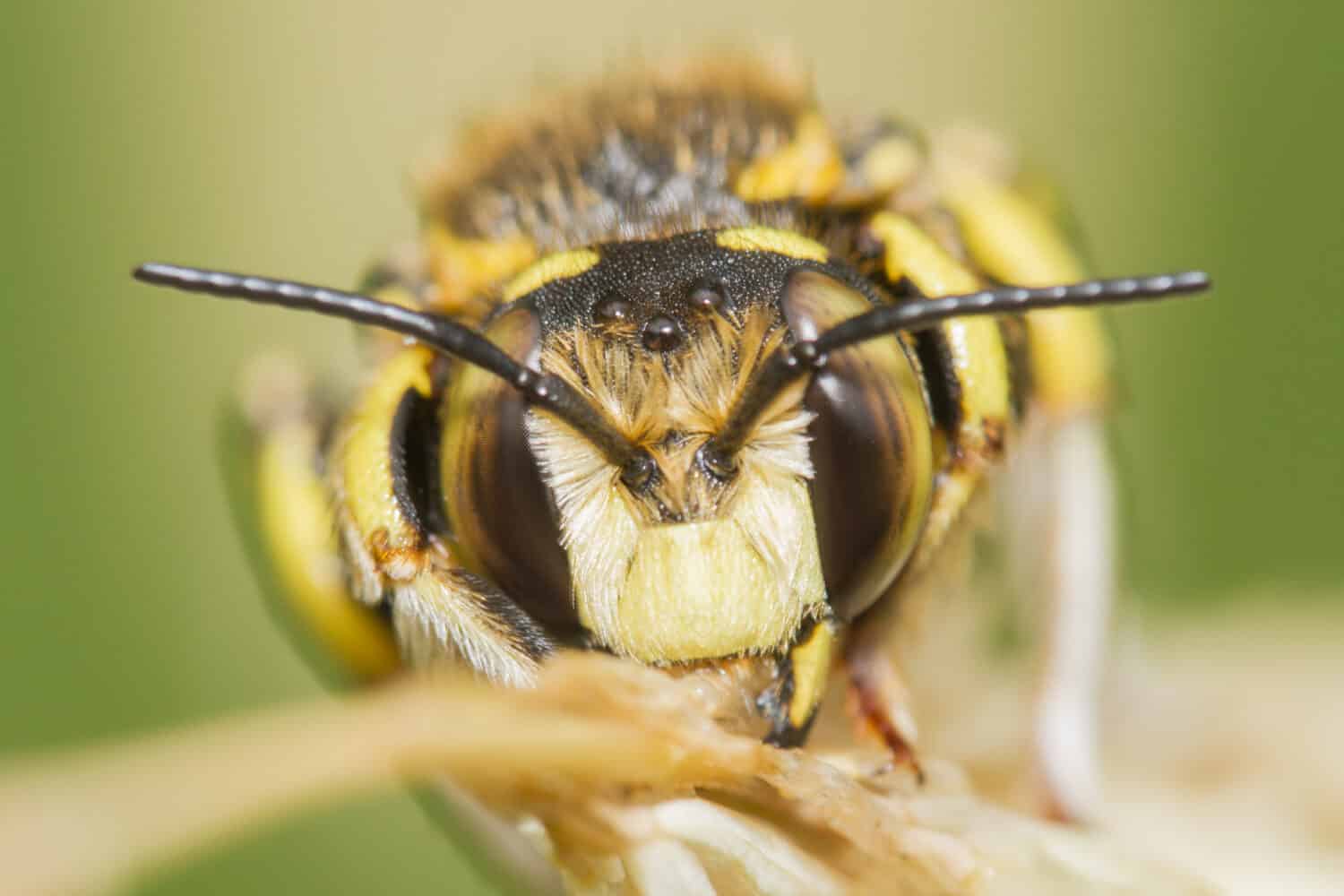
This species of bee’s venom will irritate your skin.
©Mircea Costina/Shutterstock.com
Sometimes known as plasterer or cellophane bees, Colletes simulans is a light-colored yellow and black bee that stings with an irritating venom. They will rarely sting humans unless overtly threatened or messed with.
Pacific Purple Sea Urchin

Purple urchins overtook California’s kelp forests in 2019.
©NatalieJean/Shutterstock.com
This little purple ball of spikes contains painful toxins it will inject into prey through its sharp spines and pedicellariae. These urchins recently decimated California’s coastal kelp forests when they moved en masse to the area.
Lionfish
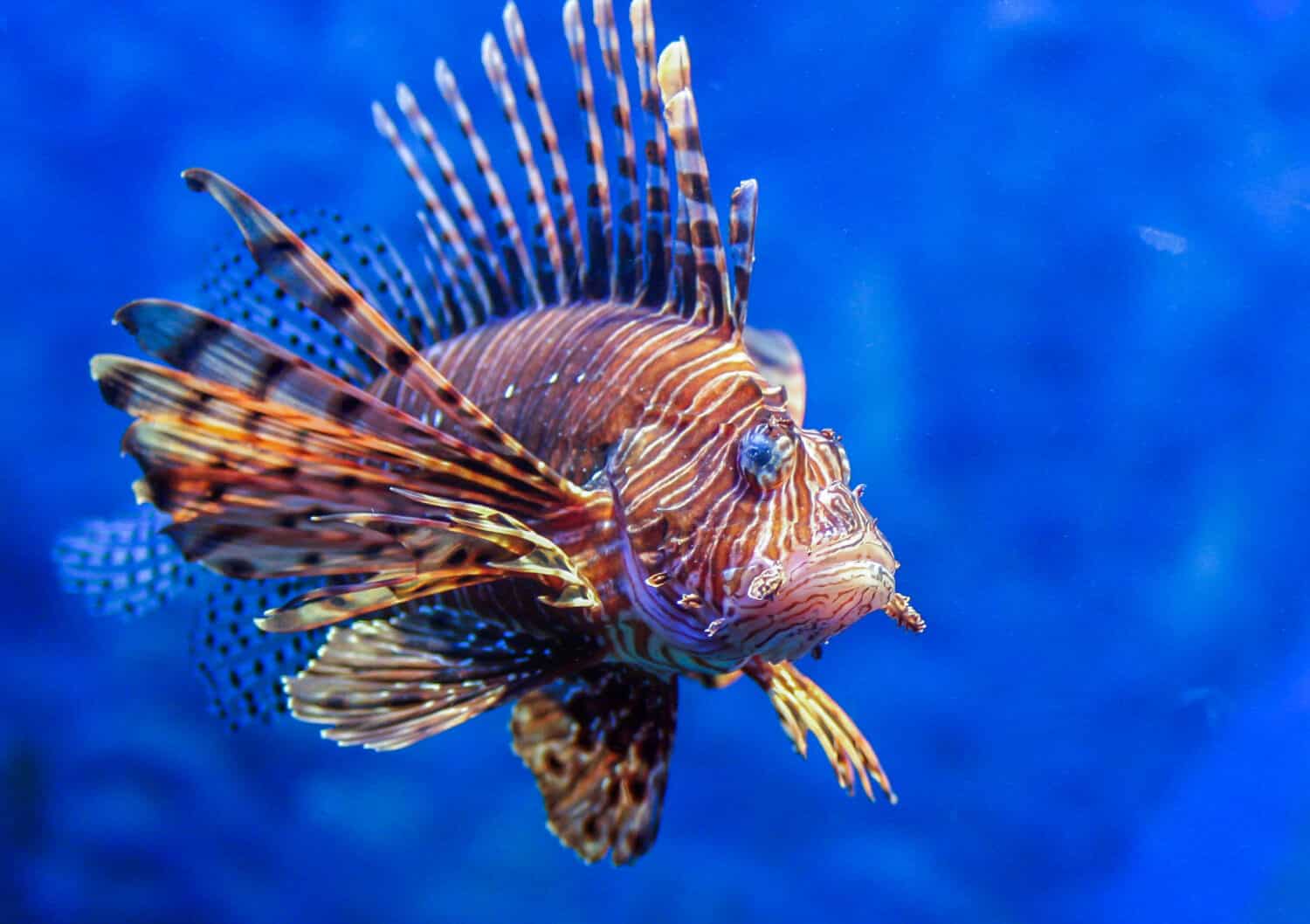
The barbs and spines on a
lionfish
make it a venomous beauty to behold.
©dimakig/Shutterstock.com
The venom of a lionfish, injected into prey or predators by their fins and spines, has a potent effect but probably won’t kill an adult healthy human. It will cause numbness, nausea, swelling, convulsions, and even paralysis for really bad stings.
Rabbitfishes

Rabbitfish venom isn’t lethal to humans.
©Issaurinko/ via Getty Images
The sting from the spines of a rabbitfish can hurt for days, though they are not lethal. Despite the throbbing pain that accompanies the sting, the World Health Organization does not consider its toxin medically significant.
Striped Blenny
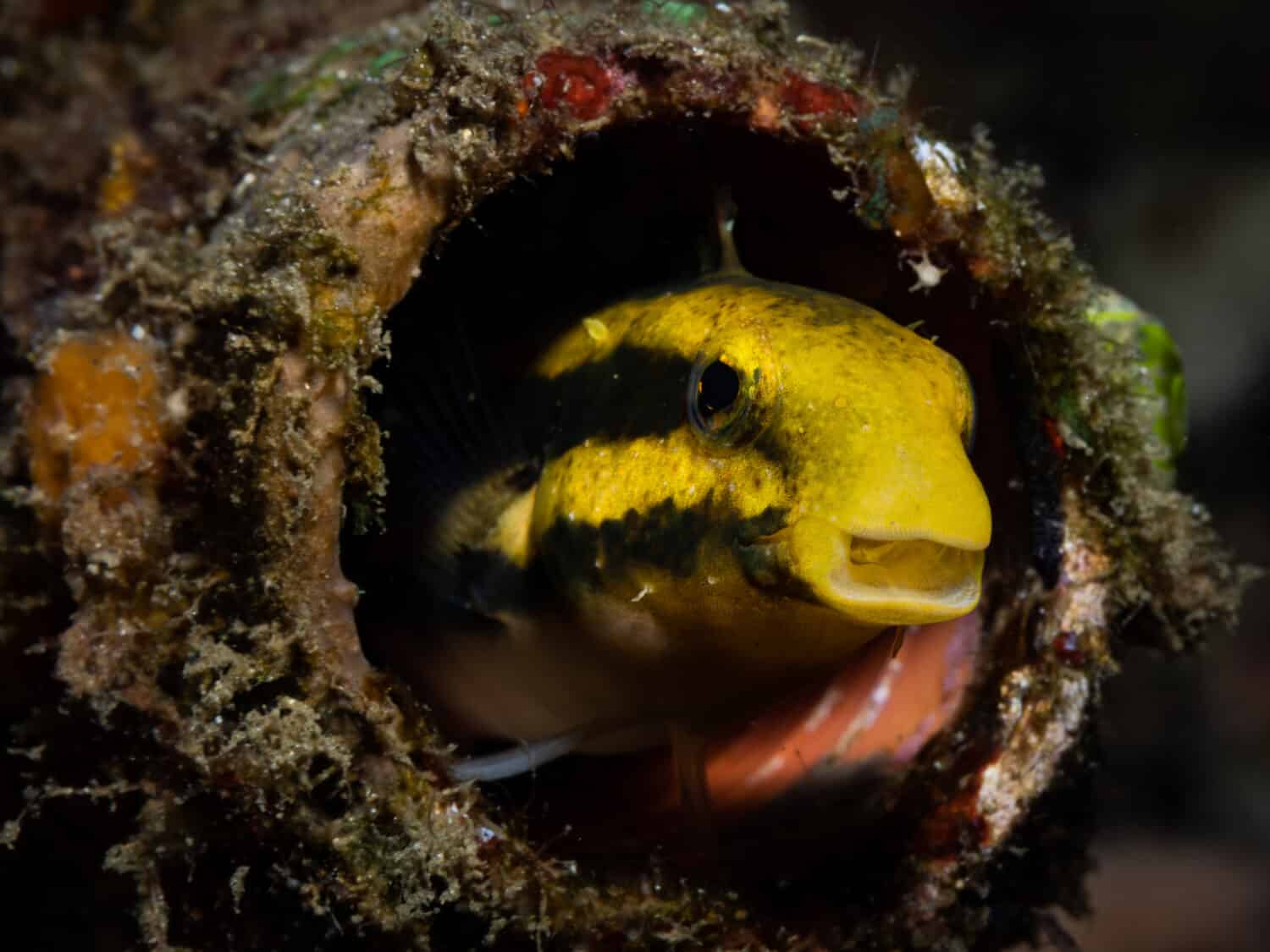
Striped blennies bite and inject their venom.
©Henryp982/Shutterstock.com
Equipped with fangs, the striped blenny will bite and inject its venom into humans. However, they don’t seek out humans and tend only to bite when being handled in a captive environment. Most of the time, they use venom for prey.
Stingrays

Stingray
venom caused the death of a well-loved nature expert.
©JENG BO YUAN/Shutterstock.com
Injected through the barb or spine on the back of a stingray’s tail, the venom of a stingray will cause intense pain, dizziness, weakness, and nausea. Though uncommon, other side effects of the venom include cramps, vomiting, diarrhea, and death in some situations.
Striped Eel Catfish

Catfish make up a majority of venomous fish.
©iStock.com/norman lopez
One of many venomous catfish, the striped eel catfish have venomous spines on their dorsal and pectoral sides that inflict a painful welt for a simple touch. Multiple stings from striped eel catfish can have a fatal effect.
Asian Stinging Catfish
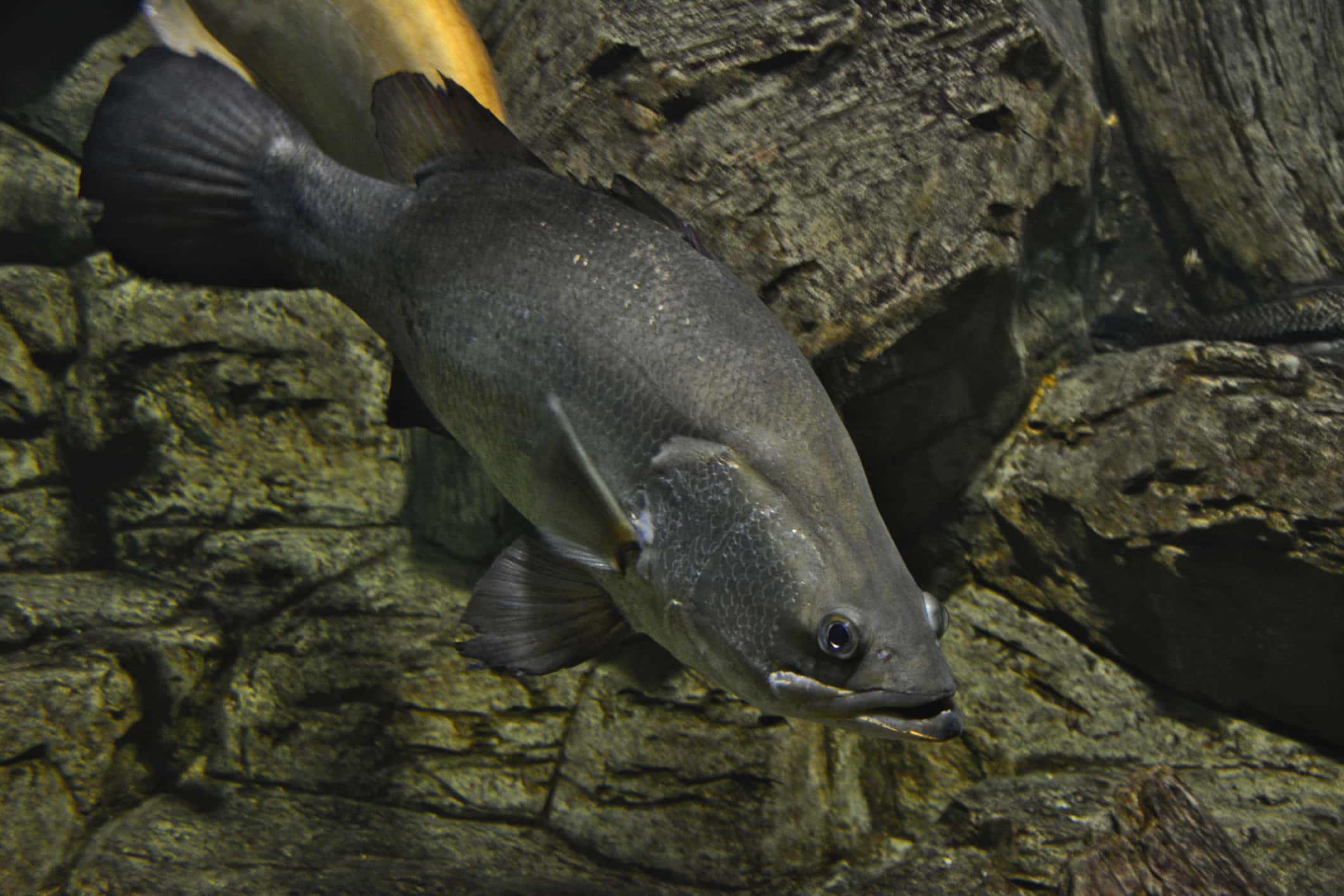
This item loves the winter
©Irina Khabarova/iStock via Getty Images
Valued for their medicinal value in native areas like Nepal, Sri Lanka, and Thailand, the Asian stinging catfish or fossil cat has a painful sting. The poison injected comes from glands on its pectoral spine.
Death Adders

Death adder venom used to be a death sentence for over 50% of those bitten.
©iStock.com/Ken Griffiths
Did you know that over 50% of death adder bites to humans were fatal injuries before the introduction of its antivenom? That’s right — these plump snakes caused a lot of death, which makes sense when you look at their name.
Komodo Dragon

Komodo dragon
venom can cause a slurry of physiologic issues.
©Mark Dumont / CC BY 2.0 - License
If you’re bit by a Komodo dragon, you’ll have a slew of nasty side effects to contend with. These lumbering creatures with long tongues and cute faces can cause lacerations, deep tissue injuries, clotting problems, blood loss, and more.
Northern Short-Tailed Shrew

Shrews chew their venom into their prey.
©Public domain, via Wikimedia Commons - License
As one of the few mammals with venom, the shew has an interesting way of injecting it into their prey. They don’t have fangs, so they must chew their neurotoxic poison into their prey.
Perentie
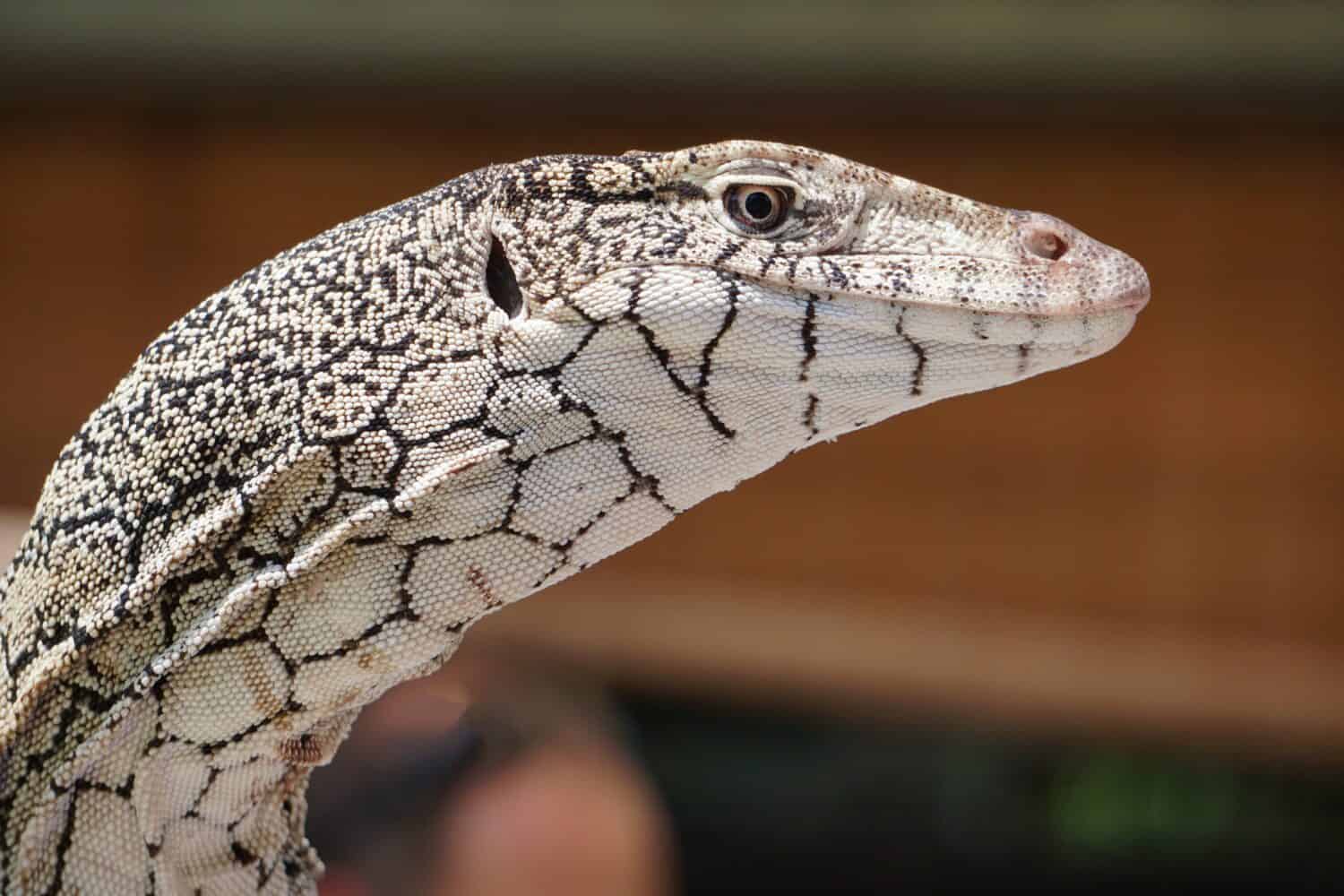
Perentie’s venom won’t kill you.
©K A STUDIO/Shutterstock.com
The perentie has mild venom and the effects of the bite don’t last long. What a relief, because these monitors are adorable.
Common Krait
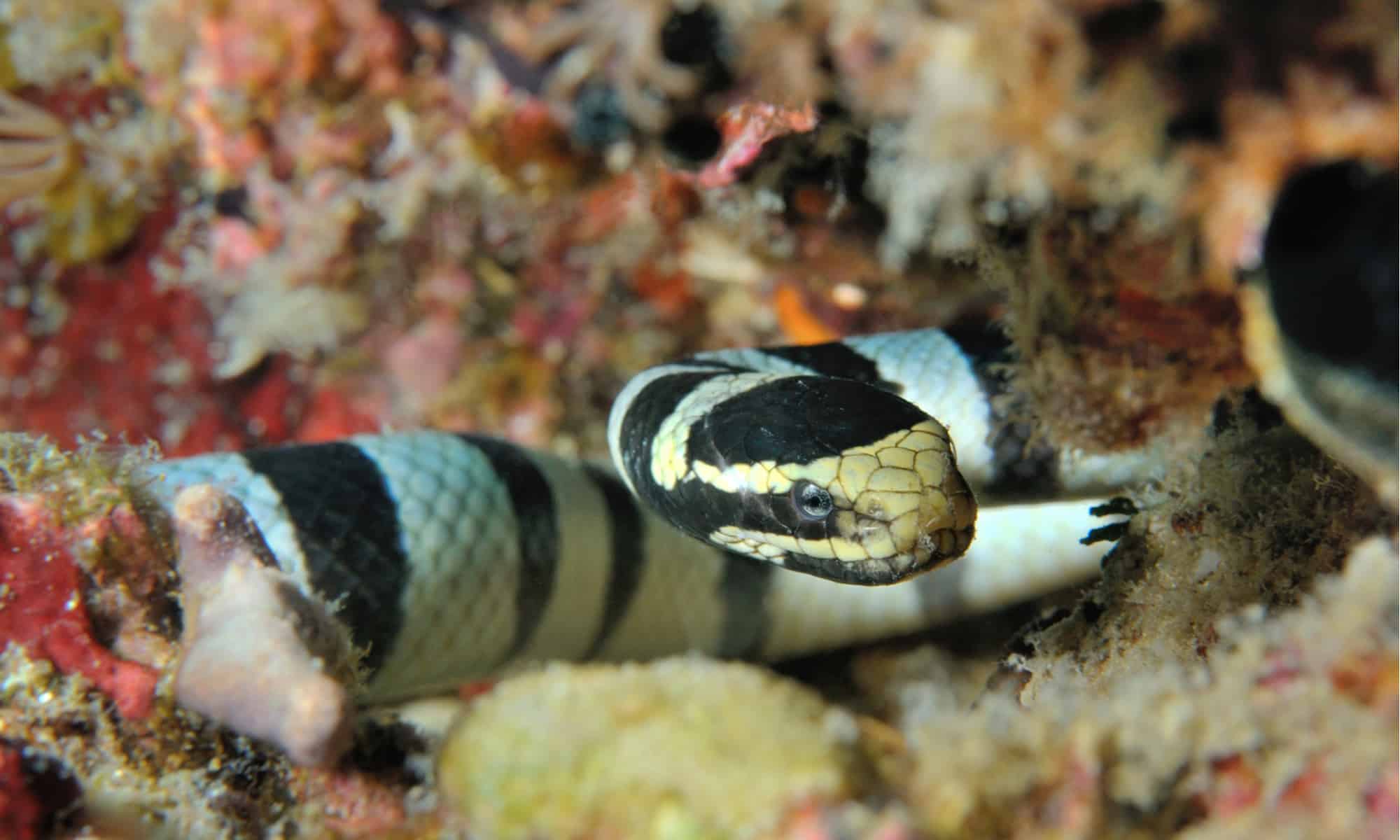
You need to treat a krait bite with antivenom to ensure its effects don’t linger.
©Oksana Golubeva/Shutterstock.com
The common krait’s venom contains neurotoxins that will significantly hinder a human’s ability to function normally. The snake’s bite will bring about muscular paralysis — and injury will worsen unless treated with antivenom.
Solenodon
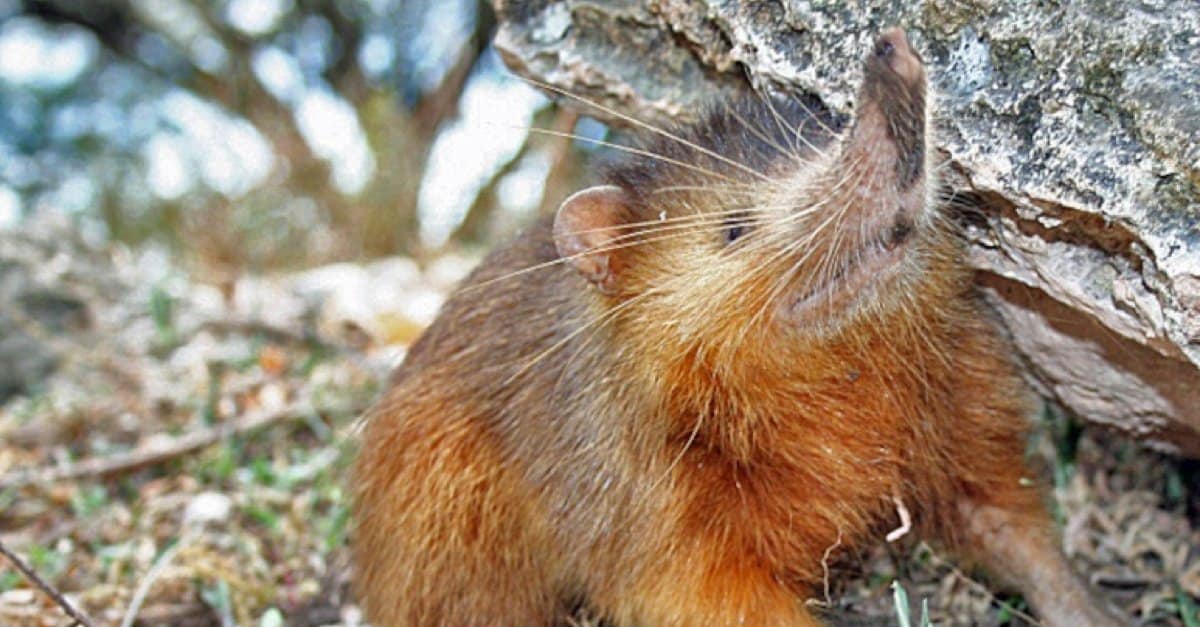
Like shrew, solenodon use their teeth to inject venom.
©Seb az86556 / CC BY-SA 3.0 - License
It’s not a snake — but its venom acts like it! The venom in this shrew/ant-eater-looking hybrid delivers its venom like a snake does by injecting into prey with its teeth. Experts believe this evolution happened to help it catch prey.
Striped Pyjama Squid

This item loves the winter
©Whitepointer/iStock via Getty Images
Like the blue-ringed octopus, the striped pyjama squid has TTX in its saliva. By injecting this into their prey, the squid can incapacitate it thanks to the neurotoxin inside.
Red Harvester Ant

Red harvester ants hold the most venom from an insect bite.
©xpda, CC BY-SA 4.0 - License
According to the book of insect records from the University of Florida, the most toxic insect venom belongs to the red harvester ant. This venom has the power of 20 honey bee stings in one and can inflict pain on a human that lasts longer than four hours.
Pufferfish
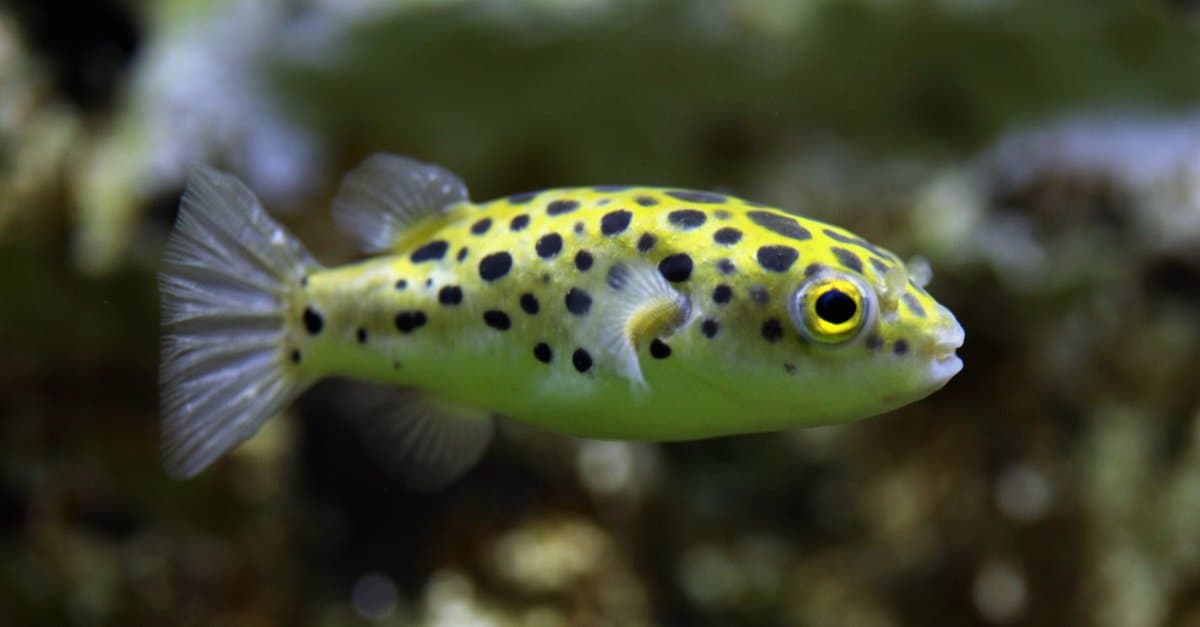
Pufferfish
venom has no antidote.
©Vladimir Wrangel/Shutterstock.com
While their puffed-up form is adorable, the pufferfish contains a deadly toxin to humans. It’s so fatal that one fish has enough to kill over 30 healthy adults — and there is no known antidote to the venom.
Box Jellyfish

This cute jellyfish is one of the most venomous animals in the world.
©IMC11/Shutterstock.com
Widely considered to be the most venomous marine animal, the box jellyfish has the ability to kill humans with its venom-filled nematocysts. Cardiac arrest and paralysis can happen mere minutes after an injection.
Mexican Beaded Lizard
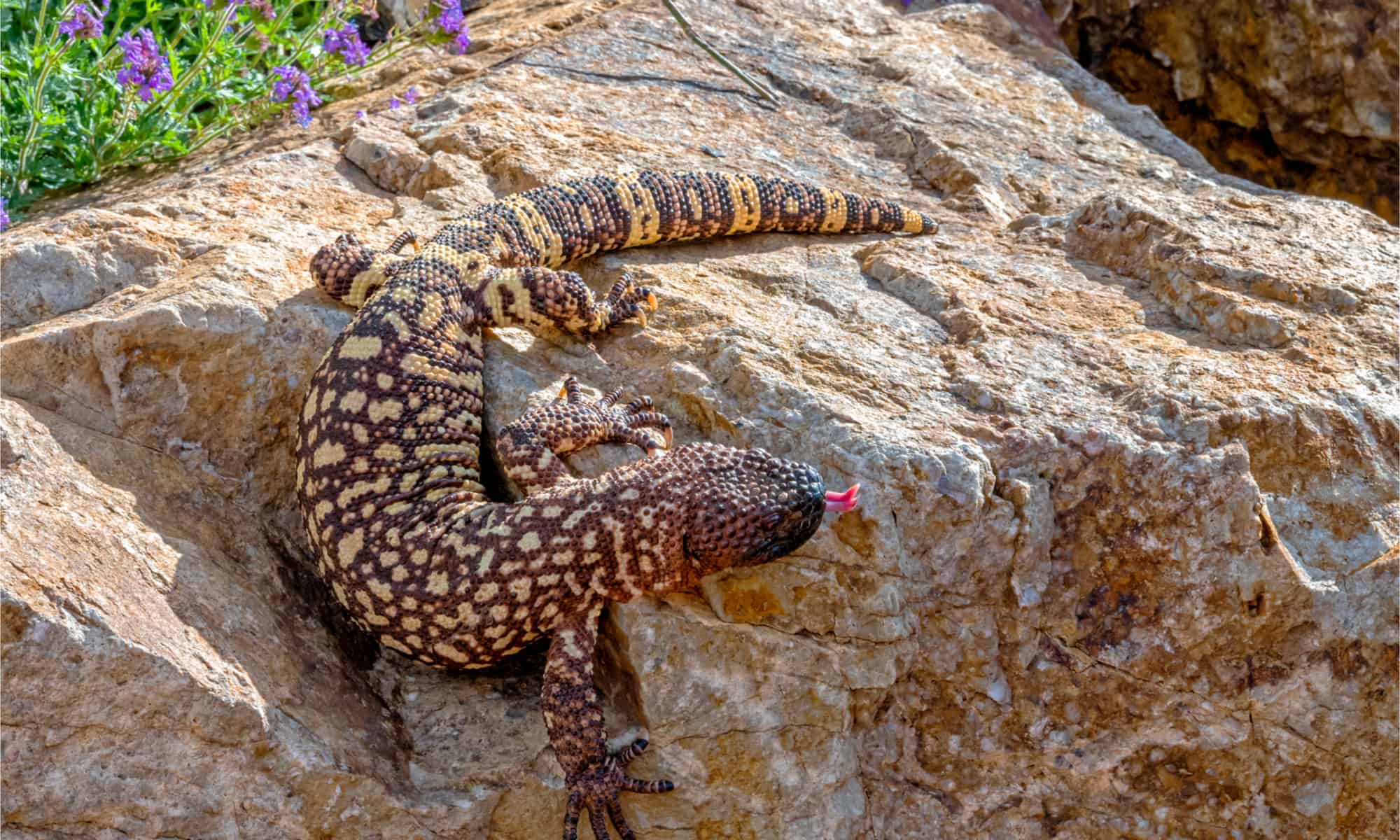
The beaded lizard of Mexico remains one of the only venomous lizards in the world.
©Evelyn D. Harrison/Shutterstock.com
The beaded lizard sting has caused a handful of significant injuries, but fatalities from the lizard remain rare. Along with the Gila monster, it’s one of the only venomous lizards in the world. Over
Indian Cobra

The Indian cobra’s eyes are so tiny!
©Vova Shevchuk/Shutterstock.com
Bites from an Indian cobra contain painful toxins that affect your nervous and cardiac systems. Without an antivenom, the Indian cobra can cause paralysis of your heart or lungs.
The photo featured at the top of this post is © Lukas_Vejrik/Shutterstock.com
Thank you for reading! Have some feedback for us? Contact the AZ Animals editorial team.






